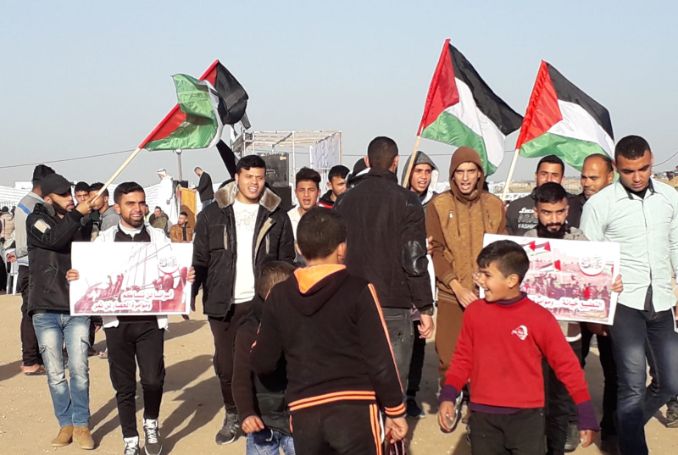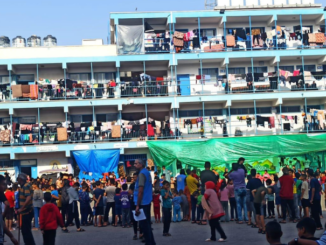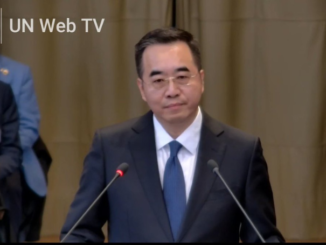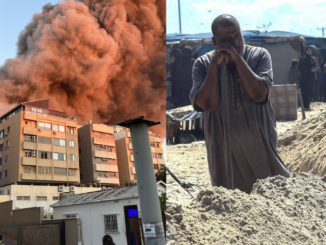
By Ramona Wadi
The UN Office for the Coordination of Humanitarian Affairs in the occupied Palestinian territories (OCHA) released statistics on Monday showing that 254 Palestinians have been killed in Gaza since the start of the Great March of Return protests in March last year. A total of 23,603 Palestinian women, children and men have also injured by Israel’s snipers on the nominal border of the enclave in the same period.
By way of contrast, the stats show that two Israelis have been killed and 52 wounded, illustrating the asymmetric nature of the conflict between Israel and the Palestinians. This fact is usually concealed by imposing equivalence on all loss of life, as well as the tendency to generalize the tally of killed and injured Palestinians while going into specifics when it comes to Israeli casualties. However, the prevailing difference in numbers should prompt the entire international community to review its deliberate acceptance of Israel using sophisticated military weapons against unarmed Palestinian civilians while creating a hypocritical furor about the rudimentary “incendiary kites”.
OCHA’s introduction to its graphics and statistics is completely dissociated from Israel’s colonial presence and intent. There are only two references to Israel with regard to the “perimeter fence with Gaza” and “excessive use of force by Israeli troops”, the latter, according to OCHA, having “raised concerns”. But the Gaza protest casualties are more than just statistics; where is the colonial context, UN?
Not for the first time, the legitimate Palestinian right of return is absent from the presentation. Instead, OCHA has focused on the protests and their aftermath in terms of humanitarian assistance without a colonial political context. The brief report states,
“Despite significant assistance provided, addressing the resulting multi-sectoral needs of the mass influx of casualties remains challenging due to lack of funds, years of blockade, the internal divide, and a chronic energy crisis.”
What UN organizations identify as reasons behind the difficulties in offering humanitarian assistance are manifestations of colonial violence that have been trivialized by the international community as ongoing issues that do not deserve urgent political intervention. Almost a year since the protests started, the UN has made it a point to separate them from their right of return about which the Palestinians are demonstrating.
For the sake of convenience, as far as the UN is concerned the Palestinian right of return must remain confined to the relevant resolutions imbued with conditional agreements incumbent upon the Palestinians themselves.
As long as the right of return is viewed, even by Palestinians, as a right conferred by the international community, the UN will continue to define both protests and Palestinian rights for an international audience, thus suffocating Palestinian voices and their role as a collective force striving for their liberation. If the UN truly wants an end to the killings, it must take several steps back to allow the Palestinian right of return to take shape on Palestinians’ terms.
The statistical impact will also be lost within such a framework, due to its contribution towards simplifying collective aims and struggle into numbers. All that can be expected out of such reports are regular updates as snipers continue their murderous target practice. It is shameful that the UN is still voicing concern and expecting Palestinians to resort to its institutions when the international community’s role is clearly to continue shaping the tragedy approved collectively prior to 1948.
– Ramona Wadi is a staff writer for Middle East Monitor, where this article was originally published. She contributed this article to PalestineChronicle.com.







